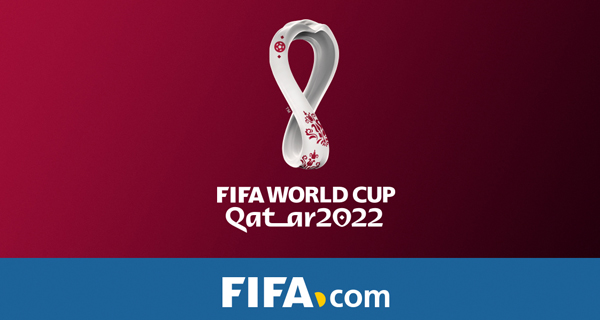DOHA: When Qatar was awarded the right to stage the first FIFA World Cup in the Middle East and Arab world, it not only committed to organising an amazing tournament – but also a mega-event delivered in a sustainable manner.
In January 2020, the Supreme Committee for Delivery & Legacy (SC), FIFA and the FIFA World Cup Qatar 2022 LLC (Q22) published the FIFA World Cup Qatar 2022 Sustainability Strategy.
It was the first such strategy to be planned and delivered jointly by FIFA, the host country and local organisers.
Part of the strategy includes the delivery of the first carbon-neutral FIFA World Cup in the history of the event.
To achieve this, all infrastructure projects – including the eight stadiums that will be used for Qatar 2022 – must meet stringent sustainability benchmarks.
“From the beginning, our preparation efforts for Qatar 2022 have been undertaken with the goal of building a sustainable and lasting legacy,” said Engineer Abdulrahman Al Muftah, the SC’s Sustainability & Environment Expert.
When the SC, Q22 and FIFA set out its carbon-neutral objectives, several key areas were identified in their planning. Staging the most compact version of the World Cup in modern history was one important feature.
“Achieving carbon-neutrality is a process made up of four key components,” added Al Muftah.











